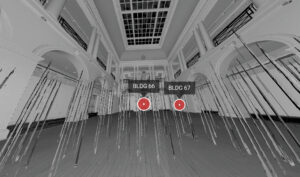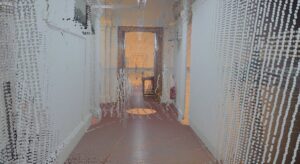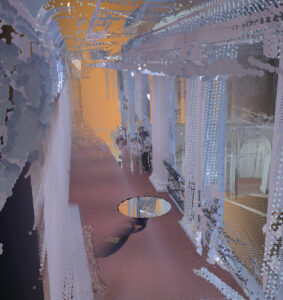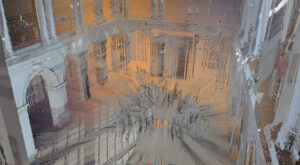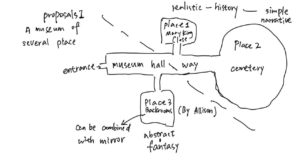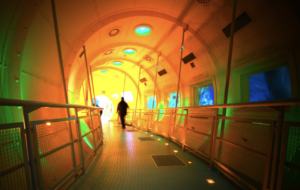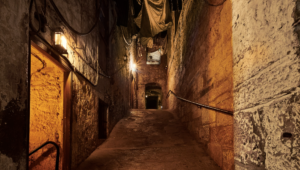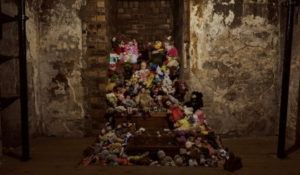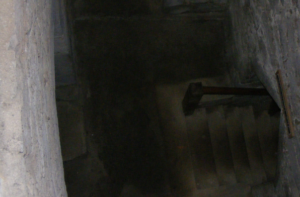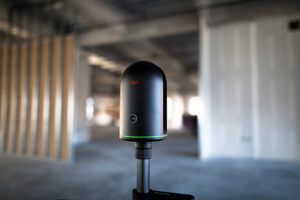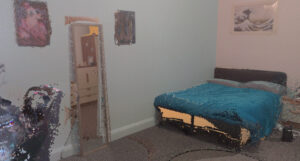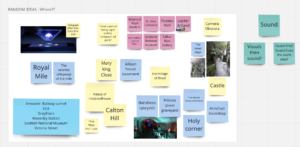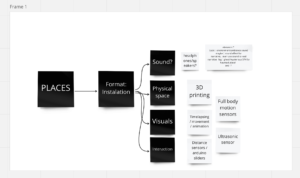Background:
Use interactive devices supported by 3D printing technology to display the cultural heritage of a special place with Scottish cultural background, and use immersive display experience to explore the possibility of the interactive relationship between individuals and spaces.
Form:
The multi-dimensional scanning scene is displayed through projection, and the audience can feel the scanning changes of image data caused by individual behavior and movement from the first perspective in the exhibition space. The time development of the entire installation is guided by the well-established story line, so that the immersive experience of the space environment and the cultural significance and aesthetics behind it can be experienced.
Place:
Mary King Close
Mary King Street is an underground street in the Old Town of Edinburgh, Scotland. It dates back to the 17th century and is one of the oldest areas of the city. It is named after Mary King, a prominent figure in Edinburgh’s history who lived there in the 1630s. The close was once a bustling center of activity, with merchants selling their wares, artisans working and families living there. However, when the plague hit Edinburgh in 1645, it was sealed off for decades until it reopened as a tourist attraction in 2003, complete with mythical tales of its haunted ghost.
project extension:
- Non-realistic space: realize the transformation of real space and non-realistic space through the user’s specific trigger form, and make corresponding display form of picture and sound;
- Use programming technology to generate sound through visual movement
Sound Plan:
- Large ambient sound that matches the environment (simultaneous recording or screen generation)
- Scene music: Multiple music motives in different areas of the location that can enhance the immersive experience of the first-person perspective, triggered by individual triggers/sensing (Experimental Electronics/Scotland/medieval)
3 Voiceover: Narrative, quickly explain the background and meaning of the project
My project story proposal:
The protagonist accidentally meets the ghost in the mirror after straying into the alley (performance artist). In the story it tells, he personally experienced the artist’s relationship between life and art when the plague hit Edinburgh in 1645 struggling and thinking. The character experience space develops with the sound narrative, perhaps adding our members’ individual thoughts in different spaces.
First practice
Time:31/01/2023
Place:ECA West Court
Equipment:Leica BLK360
Purpose:
To understand how LIDAR technology and its devices work in space, including how it is presented, to extend the scanning range. Method: Change the scanning angle of the equipment in an indoor closed space to detect the 3D printing results of the device in response to human motion by changing the motion trajectory of the human body
Summary:
Lidar scanning technology can quickly acquire a large number of data in a short time, and can provide a large number of objective databases for our final mapping space, so as to accurately represent the terrain or structure. Compared with traditional scanning methods, 3D modeling can provide more detailed scanning results However, according to this practice, we found that the equipment has certain requirements on the spatial topography to be scanned, so for areas with a large number of trees or other vegetation, the collected data may not be so detailed or accurate, and according to the data, the accuracy of the results may be affected when the data is collected under wet conditions such as rain and snow.
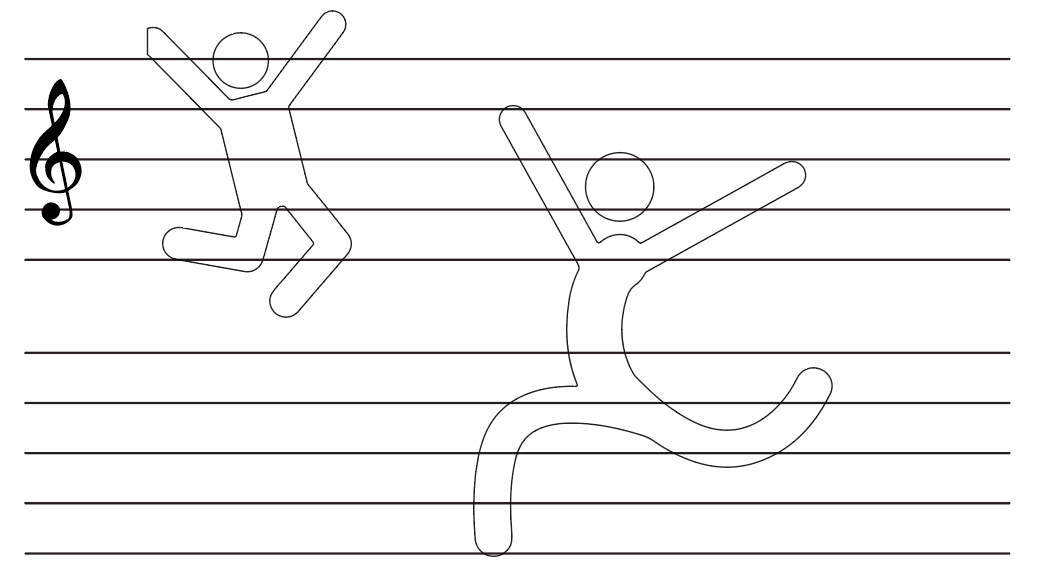
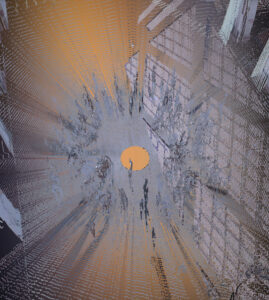
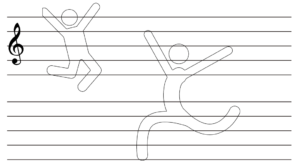 As shown in the diagram, we can correspond the scanned shape to the score to get the exact track.
As shown in the diagram, we can correspond the scanned shape to the score to get the exact track. I tried providing Chat gpt with a few simple numbers to generate a basic melody, and I found that it worked.
I tried providing Chat gpt with a few simple numbers to generate a basic melody, and I found that it worked.
